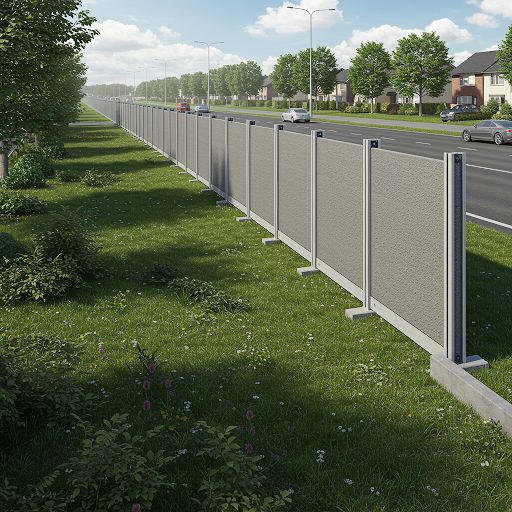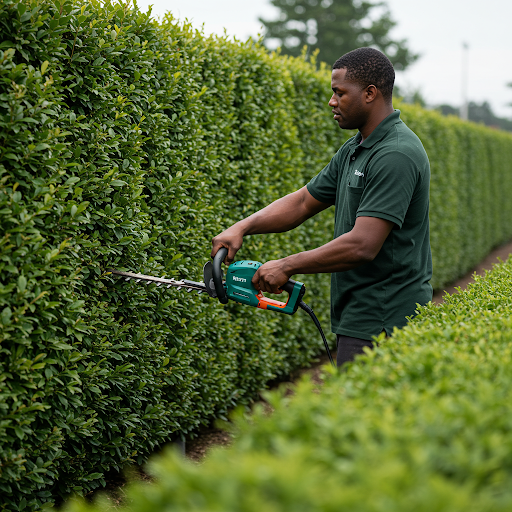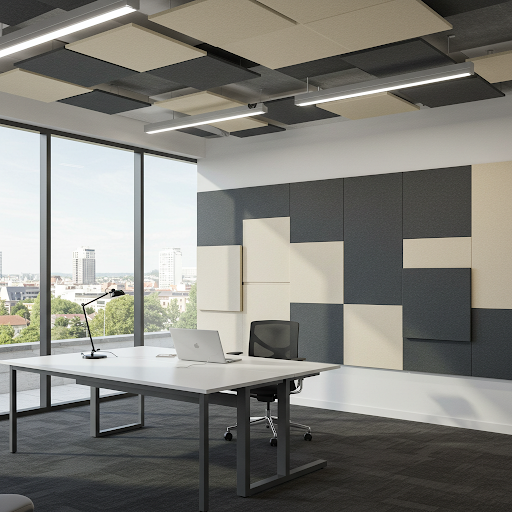Description
Outdoor sound barriers or acoustic screens are designed to reduce the noise level affecting residential areas.
Roads, highways, highways, and other infrastructure generate a constant amount of noise that can be harmful to people’s health. Flexible solutions are therefore needed to minimize noise pollution and provide efficient sound protection.
For exercise, Wallpaper Kenya conducts a thorough site acoustic analysis to find the best solution based on the needs and context of the location where the project will be performed. The variety of outdoor sound barriers we work with allows us to adapt to each project, whether in urban or industrial settings.
The sound barriers we use provide a very significant reduction in the noise that causes noise pollution.
Our noise-absorbing panels are modular and can be made of aluminum or steel, depending on the model that best suits the noise level and location of the acoustic barrier.
Treatments such as galvanizing, which helps protect the piece from oxidation, as well as a lacquer process, which adds color to the metal surface in any shade of the RAL chart requested by our client, can be applied.
Acoustic panels are made on both sides and depending on the panel chosen for each project, they will offer greater absorption or greater insulation. We listen to each client’s needs and are responsible for advising and informing them about the best solution for installing acoustic screens.
We do all of this once we’ve completed the measurements, as well as the location, materials, and assembly of the project, without forgetting sustainability and our final assessment.
The most popular acoustic screens are the metal ones. High-quality rock wool is placed inside them in various thicknesses and densities according to the client’s requirements. We also offer dual-absorption acoustic panels that can acoustically isolate both sides of the track.
Common applications of outdoor sound barriers
Outdoor sound barriers find widespread application in various settings, each addressing specific noise pollution challenges. A prevalent use is along highways and major roads, where they mitigate traffic noise. They significantly improve the quality of life for residents living nearby. These barriers, often constructed from concrete or specialized acoustic panels, effectively reduce the constant drone of vehicles.
Construction sites represent another common application. Heavy machinery and equipment generate substantial noise, impacting surrounding communities. Sound barriers, such as temporary acoustic blankets or fences, are deployed to minimize this disturbance. And they effectively ensure compliance with noise regulations and reduce workplace hazards.
Industrial facilities, including manufacturing plants and processing centers, often produce high levels of noise. Outdoor sound barriers are essential for containing this noise, and protecting workers and neighboring residential areas. These barriers can be constructed from durable materials like concrete or metal, tailored to withstand harsh industrial environments.
Residential areas also benefit significantly from outdoor sound barriers. They can reduce noise from neighboring properties, busy streets, or nearby railways. Fences constructed from dense wood or specialized acoustic materials provide effective noise reduction, enhancing privacy and tranquility.
Outdoor events, such as concerts, festivals, and sporting events, generate considerable noise. Sound barriers are used to contain the sound within the event area. And to prevent excessive noise from disturbing surrounding communities. These barriers can be temporary, using acoustic blankets or panels, or permanent structures designed for frequent use.
Airports and railway lines are other areas where sound barriers are critical. The constant noise from aircraft and trains can be disruptive to nearby communities. Sound barriers, often high walls or earthen berms, are implemented to reduce this impact.
Ultimately, the common application of outdoor sound barriers underscores their versatility and importance in managing noise pollution across diverse environments.
Types of barriers
Outdoor sound barriers come in various forms, each designed to address specific noise reduction needs and environmental conditions. Walls and fences, constructed from dense materials like concrete, brick, or specialized acoustic panels, are common choices for effectively blocking sound transmission. Their height and length are crucial factors in determining their effectiveness. Earthen berms, raised mounds of earth, offer a natural and aesthetically pleasing solution. These berms absorb and deflect sound waves, providing effective noise reduction, and can be integrated into landscaping.
Acoustic panels and blankets, made from sound-absorbing materials like mineral wool or foam, are versatile options. They can be attached to existing structures or used to create temporary barriers, effectively reducing reverberation and noise reflection. Mass-loaded vinyl (MLV), a dense and flexible material, is often used in conjunction with other barriers to enhance sound-blocking capabilities. It adds mass to structures, significantly reducing sound transmission.
Vegetated barriers, using plants and foliage, offer a natural and environmentally friendly approach. Dense hedges, trees, and climbing plants can absorb and deflect sound waves, creating a quieter environment. The effectiveness of vegetated barriers depends on the density and type of vegetation.
Concrete or masonry walls, due to their high density, are highly effective in blocking sound. They are often used in areas with high noise levels, such as along highways or near industrial facilities. Composite barriers, combining different materials like wood and MLV, offer a balance of sound blocking and absorption. These barriers are designed to address a wide range of noise frequencies.
Temporary sound barriers, such as portable acoustic screens or blankets, are used for short-term noise control, like construction sites or outdoor events. They are easily installed and relocated, providing flexibility in noise management.










